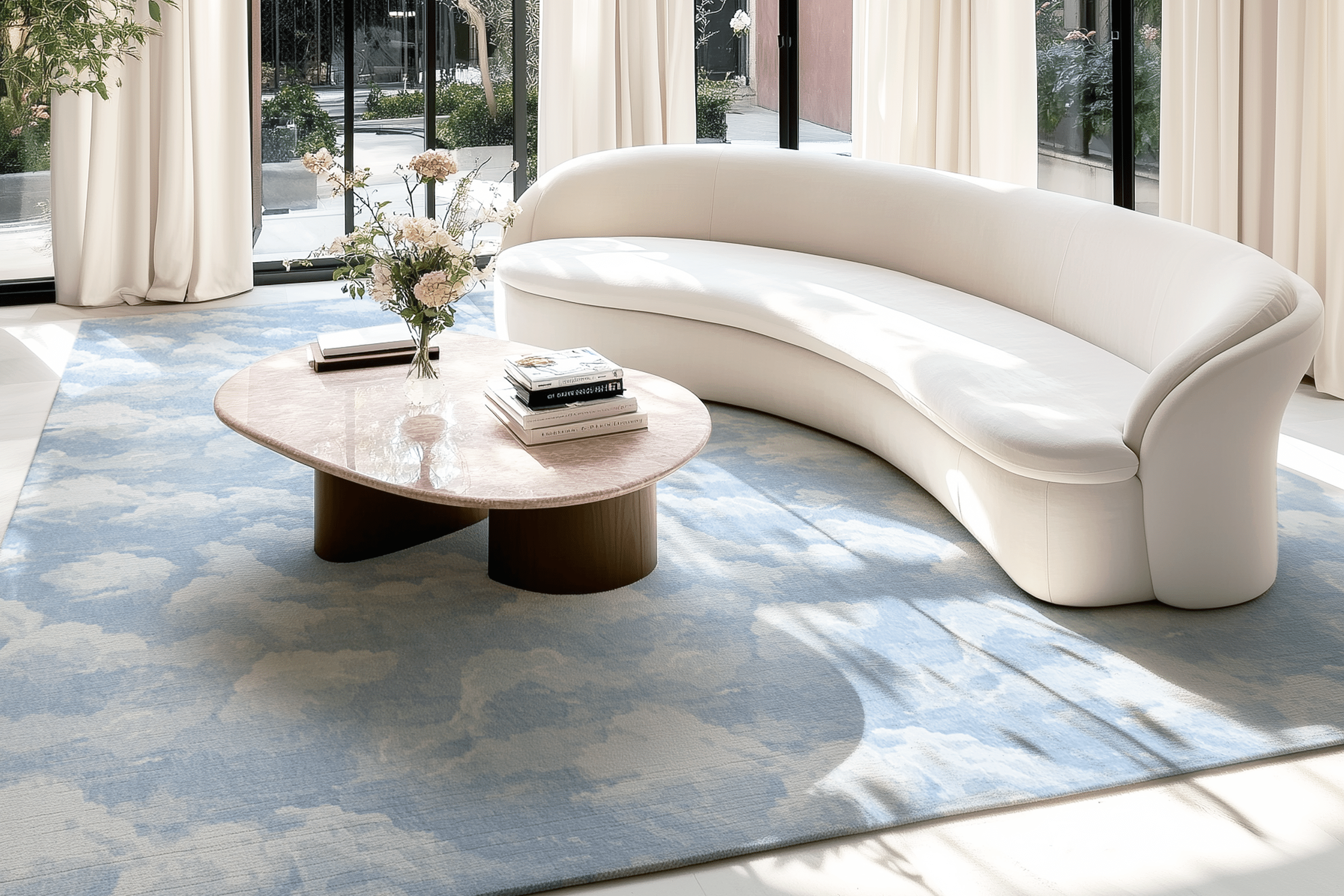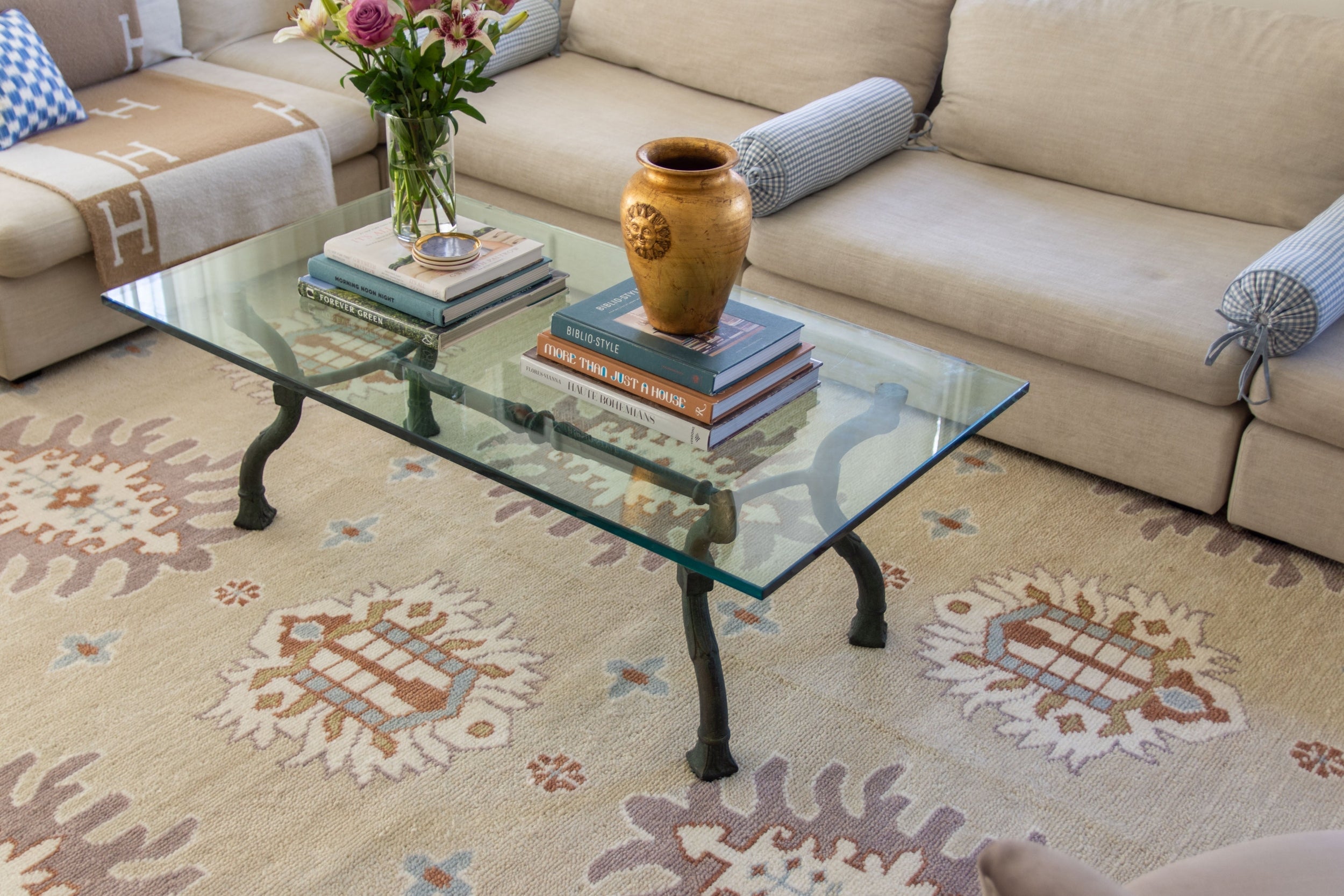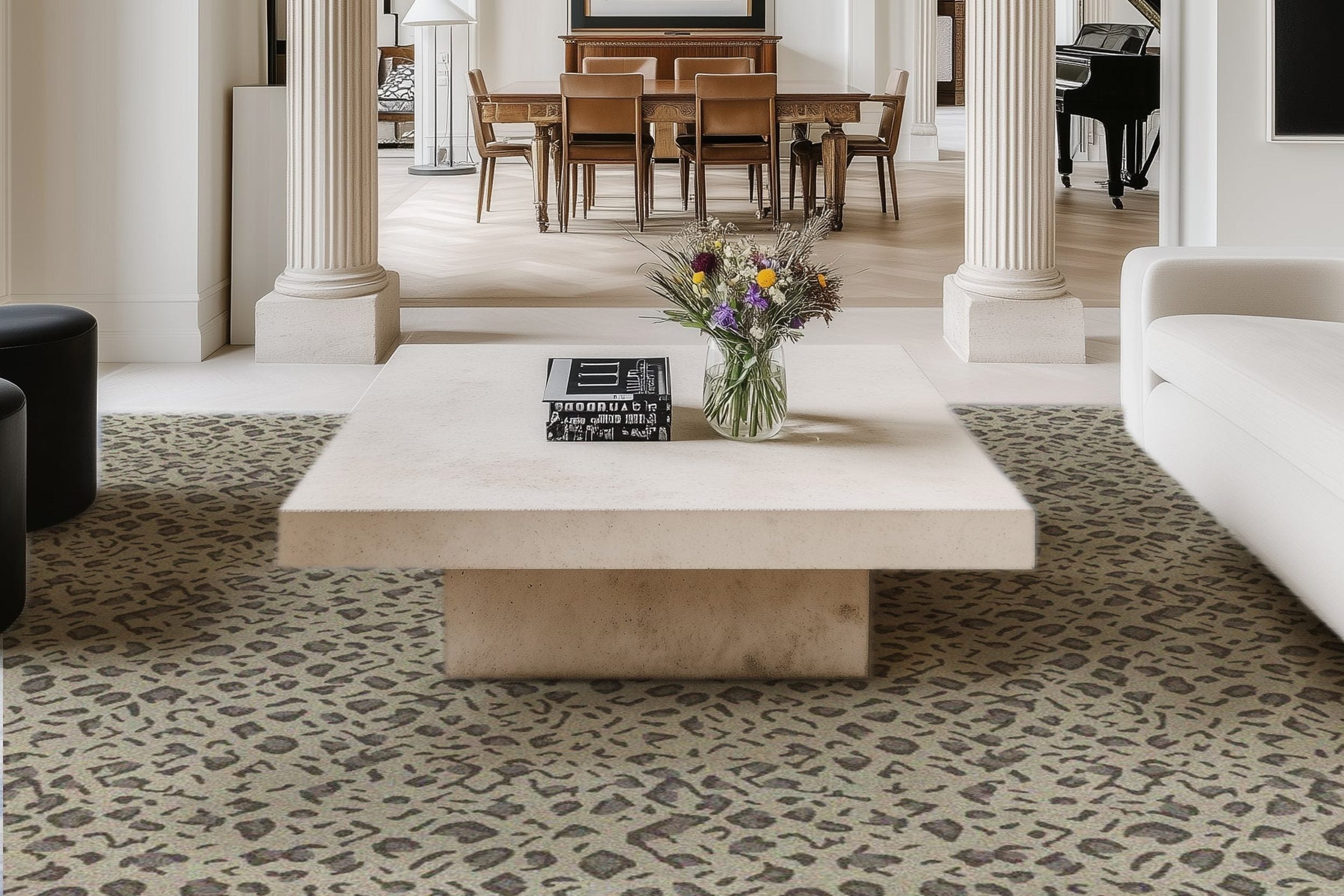Design Details That Make Homes Feel Secure

Home security goes far beyond a sturdy lock or a blaring alarm.
It’s built into every thoughtful decision—where you place a window, how you light a pathway, and the technology you invite into your space.
The right design details foster both physical safety and emotional comfort, transforming an ordinary house into a true sanctuary.
This article explores the architectural features, smart home innovations, and subtle touches that work together to create peace of mind for every homeowner.
Discover what it really means to feel secure at home.
The Foundation of Home Security: Entryways and Access
Every secure home begins at its entry points. Your front door isn’t just an architectural focal point—it’s the gateway to everything you value most.
Modern security starts with the basics: solid-core doors, reinforced frames, and high-grade deadbolts. These design choices make forced entry much more difficult, instantly improving your home's defenses without sacrificing curb appeal.
But security doesn’t stop at hardware. Sleek smart locks, integrated door cameras, and well-placed lighting add layers of protection while maintaining a welcoming look. Smart technology lets you control access remotely or track activity, giving you confidence whether you’re home or away.
Aesthetics matter too. Entryways can be both beautiful and strong—think steel doors with wood veneers or custom glass sidelights protected by reinforced panels. With so many options available, there’s no need to compromise style for safety.
For homeowners in Salt Lake City and beyond, working with a trusted partner like All Hour Locksmith ensures that your first line of defense is expertly installed and tailored to your home’s unique design.
Pro Tip: Upgrade exterior strike plates and hinges to further reinforce any door—small changes can make a big difference in security.
Key Takeaway: Thoughtful entryway design sets the tone for a safe, stylish, and secure home.
Architectural Features That Deter Intruders
Home security starts well before anyone reaches the front door.
Smart architectural design can make a property far less appealing to intruders—often without the need for imposing measures.
The right layout, lighting, and landscaping choices not only improve safety but also enhance a home’s overall look and feel.
For example, open sightlines from windows or porches provide natural surveillance, letting neighbors and homeowners easily spot suspicious activity.
Strategic placement of exterior lights eliminates dark corners where someone could hide, while features like fences or hedges define boundaries and subtly discourage trespassing.
These architectural details work together, making it clear that a home is cared for and well-defended.
Key Takeaway: By weaving security into the fabric of a home’s design—through visibility, boundaries, and thoughtful entryways—homeowners create an environment that both welcomes guests and wards off unwelcome visitors.
Strategic Lighting and Sightlines
Effective outdoor lighting does more than highlight your landscaping—it dramatically reduces hiding spots for potential intruders.
Motion-activated lights around entryways and paths illuminate activity as it happens, catching trespassers off guard while providing safe passage for family members at night.
The placement of windows also matters. Windows overlooking driveways, walkways, or backyards increase visibility from inside out, making it easier to spot unusual movement without stepping outside.
A well-thought-out floor plan offers clear sightlines from main living spaces toward entrances and exterior zones. This design invites openness while supporting natural surveillance—a principle often embraced in neighborhoods across Utah’s Wasatch Front for added peace of mind during long winter nights.
Pro Tip: Choose lighting fixtures with warm color temperatures. They boost visibility but keep your home looking inviting rather than stark or institutional.
Fencing, Gates, and Natural Barriers
A clearly marked boundary sends a powerful message: this space is private and protected.
Sturdy fencing can slow down intruders and signal that a property is not an easy target. Solid panels offer privacy, while decorative ironwork lets you maintain sightlines without sacrificing aesthetics.
Gates with secure locks add another layer of control over who enters your property. Pairing fences with dense shrubs or thorny hedges along the perimeter adds texture—and acts as a natural deterrent to anyone considering hopping the fence.
-
Wooden fences blend seamlessly with classic homes
-
Ivy-covered trellises soften modern architecture
-
Naturally defensive plants—like juniper or hawthorn—require little maintenance in Utah’s climate
Key Takeaway: Thoughtfully designed physical barriers offer both curb appeal and practical protection against unwanted access.
Entryway Design and Visitor Control
The entryway serves as both welcome mat and checkpoint. A covered porch or setback doorway creates a transition zone between public space and private sanctuary.
Additions like video doorbells allow homeowners to see—and speak to—visitors before opening the door. Controlled vestibules provide another buffer by separating exterior doors from interior spaces, deterring forced entries while giving you time to respond safely if needed.
Environmental Design & Crime Prevention: A 2023 summary of Crime Prevention Through Environmental Design (CPTED) principles highlights how thoughtful entryway layouts and visible access points can physically deter unwanted visitors, reducing opportunities for crime through environmental cues and design.
A clearly defined entry path guides guests while signaling vigilance to passersby. These subtle cues shape behavior long before anyone ever rings the bell.
-
Cameras visible from the street signal active monitoring
-
Labeled house numbers aid emergency responders—and show organization
-
Potted plants or seating invite welcome guests but don’t block sightlines
Key Takeaway: Entryway design combines hospitality with control—making sure you decide who comes in, on your terms.
Smart Technology: Integrating Security Into Daily Life
Today’s home security isn’t just about heavy locks or blaring alarms—it’s about seamless integration into daily routines.
Smart technology lets homeowners protect their space without sacrificing comfort or aesthetics.
From invisible sensors to intuitive automation, security now feels less like an add-on and more like a natural part of home design.
The right tech can turn a house into a responsive, reassuring environment—one that adapts to your habits and keeps you safe with minimal effort.
Smart Locks and Access Control
No more hiding spare keys under the mat.
With smart locks, homeowners use unique codes, key fobs, or even smartphone apps to grant access—anytime, from anywhere.
This means you can let in a guest while you’re at work or lock up if someone forgets the door after heading out for ski season in Park City.
Many systems log every entry and exit for added peace of mind.
Most models are designed with aesthetics in mind, blending effortlessly with modern and traditional doors alike.
Pro Tip: Choose smart locks that integrate with your preferred voice assistant for ultimate convenience and hands-free control.
Surveillance With Discretion
You don’t have to turn your living room into a surveillance command center to stay secure.
Todays’ security cameras are small, wireless, and stylish—some even double as light fixtures or doorbells.
You can place them near entryways or common areas without disrupting your décor.
2023 Consumer Smart Home Trends report that most users believe these technologies—especially security cameras and smart locks—make homes safer. High satisfaction rates show that discreet surveillance is quickly becoming standard for peace of mind at home.
Automated Lighting and Alarm Systems
A well-lit home is one of the simplest deterrents against break-ins—and automation makes it effortless.
Set lighting schedules so your house appears occupied even when you’re on vacation or working late downtown.
Integrated alarm systems pair motion sensors with smart lights to startle intruders and alert neighbors if needed.
The bonus? These features also enhance ambiance by letting you program lighting scenes for movie nights or early mornings—all controlled from your phone or by voice command.
Key Takeaway: When technology blends into daily life, it elevates both security and comfort—without ever feeling intrusive or clunky.
Designing for Comfort: Security and Wellbeing
Security isn’t just about keeping threats out—it’s also about creating a home that feels welcoming and comfortable from the inside.
The most secure homes balance physical protection with thoughtful design that promotes a sense of sanctuary.
Smart choices in privacy, space planning, and aesthetics help homeowners feel both safe and at ease in their environment.
This approach supports emotional wellbeing as much as physical safety, transforming houses into true havens.
Privacy Without Isolation
Privacy doesn’t have to mean shutting yourself off from the world.
Thoughtful window treatments—like layered curtains or frosted glass—offer control over sightlines without sacrificing natural light.
Strategic landscaping, such as tall hedges or staggered plantings, can screen outdoor spaces while still connecting you to nature.
An open floor plan with designated private zones lets you enjoy togetherness and seclusion as needed.
Pro Tip: Consider top-down/bottom-up shades for maximum flexibility—they let in daylight from above while blocking views at street level.
Safe Spaces and Retreat Zones
Every home benefits from areas designed for peace of mind during emergencies or stressful times.
A safe room doesn’t need to be a bunker—it could be a reinforced closet or even a small office fitted with secure locks and emergency supplies.
Nooks tucked under stairs or cozy corners in bedrooms can serve as everyday retreats, offering comfort during storms or moments of anxiety.
Kitchens with clear sightlines to entry points add another layer of reassurance for busy families.
Key Takeaway: Carving out dedicated safe spaces boosts both preparedness and day-to-day comfort for everyone at home.
The Psychology of Secure Design
The look and feel of your home shape how secure you feel each day.
Soft colors, warm textures, and organized spaces create calm, reducing stress and making rooms feel inviting rather than confining.
A 2023 quasi-experimental study published in ‘Journal of Environmental Psychology’—the Residential Design & Wellbeing Study—found that homes with mindful layouts, ample daylight, and quality materials directly support residents’ sense of safety and mental wellbeing.
This research underscores how secure design isn’t just functional; it nurtures peace of mind through every detail you see and touch daily.
Conclusion
Home security isn’t just about locks or alarms—it’s a mindset built into every detail, from your entryway to your living spaces.
The most secure homes weave together smart technology, intentional design, and the insights of trusted professionals.
When safety and comfort work hand-in-hand, your house becomes more than a structure—it’s a true sanctuary for everyone inside.
By investing in thoughtful features that support both protection and peace of mind, you create a home that feels welcoming, resilient, and uniquely yours.
Browse by Category

Design Projects
Explore interiors from client work and personal renovations — layered, livable, and always in progress.
read more →
Collaborations
From product launches to styled spaces, discover the brand stories I’ve helped bring to life.
read more →
The Notebook
A growing archive of iconic designers, inspiring artists, and unforgettable design moments.
read more →
Travel by Design
Wander with a designer’s eye — from charming hotels and city guides to visual inspiration abroad.
read more →




